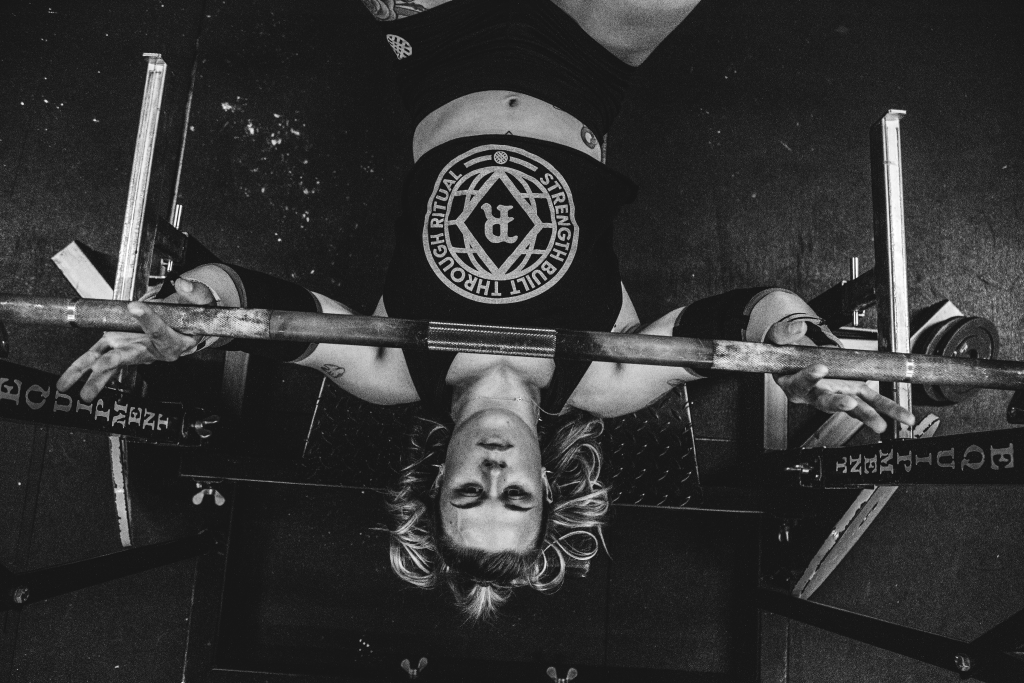On parts 1, 2, 3, 4 and 5 we discussed the planning of the training program, pre-training food, pre-training supplements, uplifting motivation and stretching, respectively. On part 6, I will discuss the warm-up.
Just walk inside a commercial gym and you’ll find a wide range of approaches to warm-up, most of them not conductive to a great training session. You’ll see the person doing cardio before lifting weights, the trainer giving the client one hour of mobility and “activation” drills leaving no time for the workout, or the person doing 30 minutes of static stretching before the session.
A proper warm-up must serve one purpose: telling the body what is going to happen in the training session, and gradually showing the body how it is going to be. It is that simple!
In order to accomplish that purpose, the warm-up should be based on the following principles:
It must be specific:
There is no point in running on a treadmill before a bench press workout. And of course, somebody very smart can say, “but I can spin on a bike before a leg workout, as I’ll be addressing my legs”. Sure, go ahead and do it, and ruin all your workout because of the accumulation of lactic acid, activation of the wrong motor units and the waste of energy.
The point here is very simple. If you are going to do bench press, then warm-up with bench press. If you are going to do squats, warm-up with squats, if you are going to do chin-ups, warm-up with chin-ups. I’m totally sure you got it. Your warm-up must be done executing the same exercises you are going to perform during your training session, using the same range of motion and tempo prescribed for them.
And here comes a very common question: “My workout is composed of: A1. Flat Bench Press with Barbell and B1. Incline Bench Press with Dumbbells. Should I warm up both exercises before starting my training session?” It is actually a good question, as it relates to the principle of specificity, but the answer is no. You warm-up for A1, and when it’s time to move to A2 during your workout, you do just one set of 3-5 reps of that exercise, with about 70% of the weight that you are going to use. This will ensure that your body understands and is prepared for the new exercise.
It must prepare the muscular and central nervous systems
An approach normally used is doing just one warm-up set, or none, and jump straight into the exercise using heavy weights. I’ve seen countless hamstrings pulls, biceps tears and torn pecs, just to name a few, because of the use of this “method”.
Also, if you think you can set a new personal record performing only one, or none warm-up sets, is like thinking that you can pass the physics final exam by studying literature.
If your muscular system and your central nervous system are not synchronized for a training session, they are not going to produce the same results as if they are. What do I mean by synchronized? They both need to know what the movement is going to be and what the weights will be. That is accomplished by warming up using the same exercises that you will perform on your workout, and gradually reaching the weight that you will be using, through multiple sets of low reps.
As I mentioned before, the warm-up must gradually show the body how is it going to be, and I want to make emphasis on the word gradually. The whole point here is to show the body what the movement is, and gradually show what the weight will be, so normally 2 – 8 sets (depending on the number of reps you are going to perform) are needed in a proper warm-up. This brings me to a clarification here. The term gradually only refers to the weight, not to the range of motion or the tempo. The range of motion and tempo must be exactly the same as the ones prescribed for the exercises you are warming up for.
It cannot make you tired:
Very often I see people doing multiple sets of 25 reps as their warm-up, and then they wonder why they cannot lift heavier from workout to workout, run out of energy during the training, or simply cannot perform the exercises in a proper form. That type or warm-up will make your body create and accumulate lactic acid – an energy production by-product – which in turn will cause the problems mentioned above.
A proper warm up must consist of 8 – 15 reps in total – NOT per set – in order to avoid the production and accumulation of lactic acid. An acidic environment can actually impede the recruitment of fast twitch fibers, which is something you don’t really want before a great training session.
So, what is a good warm-up protocol?
Let’s say you will be doing 6 sets of 5 reps on the squats and leg curls in an A1 – A2 fashion, and that you’ll be using 100 and 68 kilos, respectively.
Warm-up Set | Squats | Leg Curls | ||
Reps | Weight | Reps | Weight | |
1 | 5 | 50 | 5 | 34 |
2 | 3 | 60 | 3 | 41 |
| 3 | 2 | 70 | 2 | 48 |
| 4 | 1 | 80 | 1 | 55 |
| 5 | 1 | 90 | 1 | 61 |
Basically, you do your first warm-up set for squats, don’t rest, do your first warm-up set for leg curls, don’t rest, do your second warm-up set for squats, don’t rest, do your second warm-up set for leg curls, and so on. The only rest is the walk from one station to the other, and the change in the weights.
As you can see, the total number of warm-up sets is 5 and the total number of reps is 12, never exceeding 5 reps per set.
In this way, you will tell the body what is going to happen in the training session, and will gradually show what the weight is going to be, without accumulating lactic acid. Absolutely simple!
And what if I’m going to do sets of 12 reps and above?
Most probably 2 sets of 5 reps each, will provide the desired warm-up effect.
And what if I’ll be training really heavy doing doubles or triples?
You’ll need a few more – normally 3 – warm-up sets, but the maximum number of reps per set should be 3, so it will look as follows: 3, 3, 2, 2, 2, 1, 1, 1.
By warming-up this way you’ll also cover other specific needs from a warm-up
- Raise your core temperature
- Prevent injuries
- Address full range of motion
To read more specifics about these points, you can refer to this article
Warm-up the proper way and enjoy a great training session!
Coach Carlos Castro

